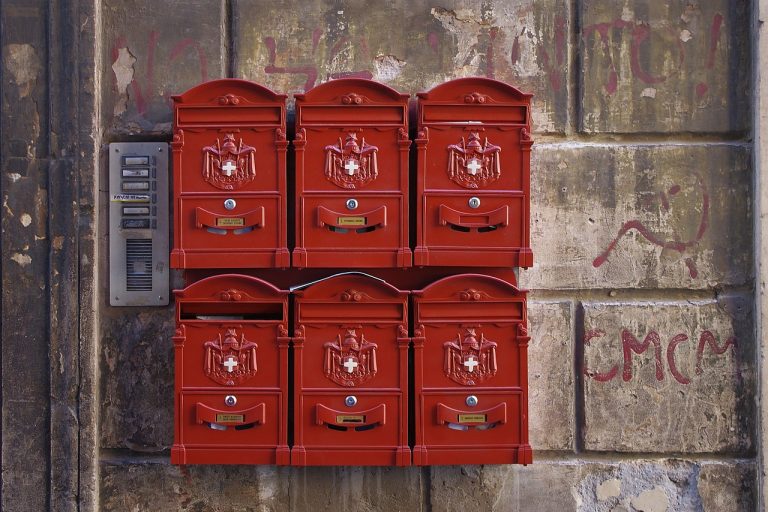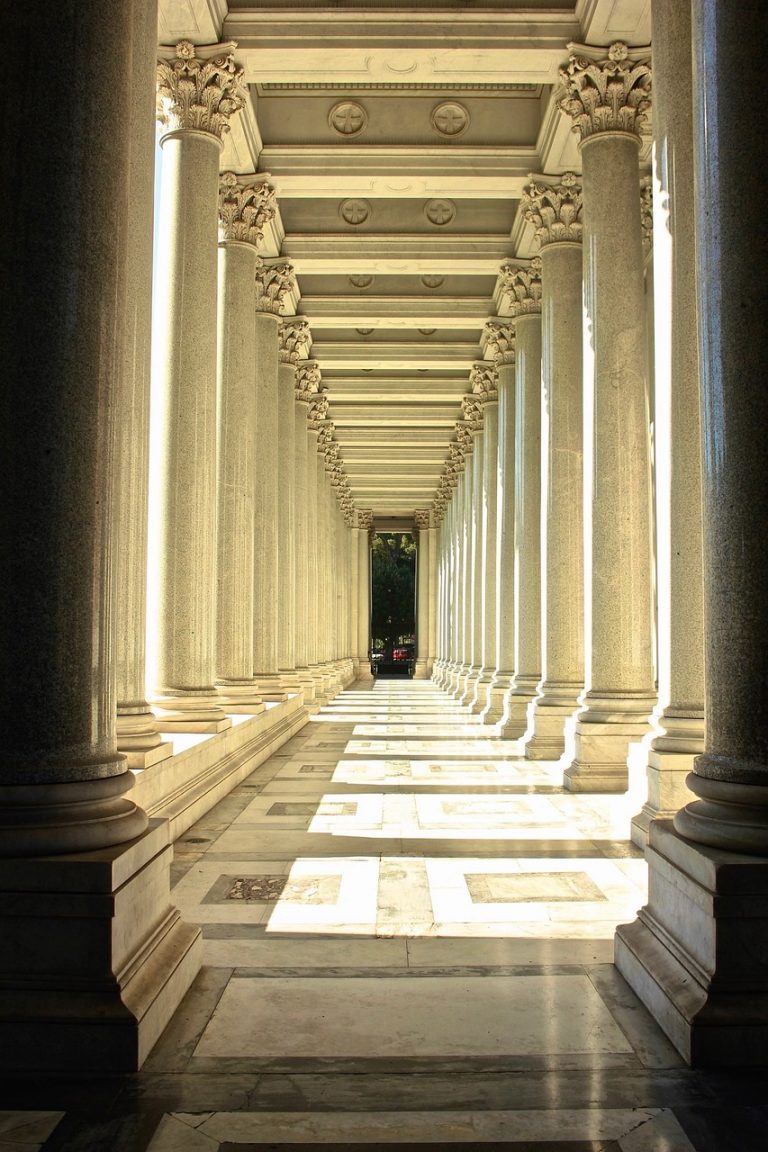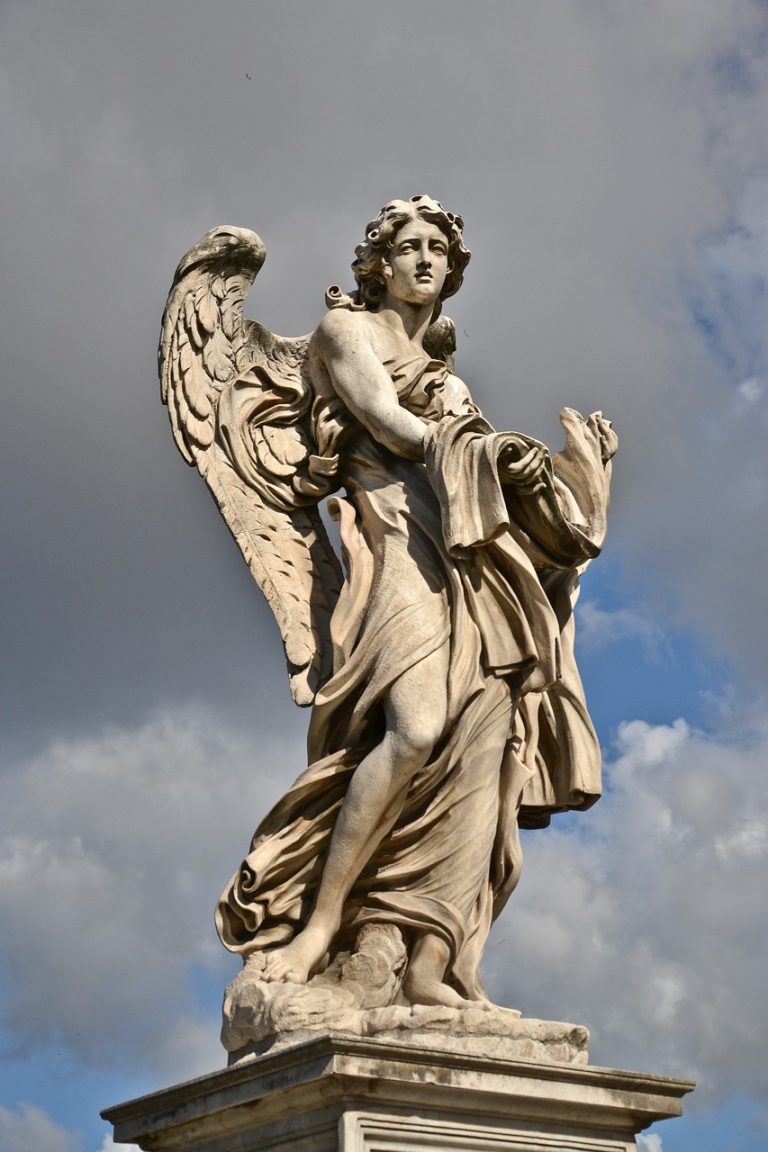Rome Italy Video
Local Myths and Legends of Rome Italy
Rome, the eternal city, is not only known for its rich history and iconic landmarks but also for its captivating myths and legends. These stories have been passed down through generations, adding an air of mystery and enchantment to the city’s already magical atmosphere. In this article, we will explore some of the most intriguing local myths and legends that have shaped the cultural fabric of Rome.
The Founding of Rome
- Romulus and Remus: According to ancient Roman mythology, Rome was founded by twin brothers Romulus and Remus. They were abandoned as infants and raised by a she-wolf. As adults, they decided to establish a city, but a dispute arose, leading to Romulus killing Remus. Romulus then became the first king of Rome.
- The Capitoline Wolf: The iconic statue of the Capitoline Wolf, located in Rome, depicts the she-wolf that nursed Romulus and Remus. Legend has it that the original statue was created by the Etruscans and has been a symbol of Rome’s foundation ever since.
- The Seven Hills of Rome: Rome is famously known as the “City of Seven Hills.” These hills, namely Aventine, Caelian, Capitoline, Esquiline, Palatine, Quirinal, and Viminal, hold significant historical and mythological importance in the city’s foundation and development.

The Legend of Romulus and Remus
- The Birth of Romulus and Remus: According to legend, Romulus and Remus were born to Rhea Silvia, a Vestal Virgin, and the god Mars. Their birth was seen as a threat to the ruling king, Amulius, who ordered them to be abandoned in the Tiber River.
- The She-Wolf and the Founding of Rome: The twins were discovered by a she-wolf who nurtured and protected them until a shepherd named Faustulus found and raised them. As they grew older, Romulus and Remus decided to establish their own city, leading to the founding of Rome.
- The Death of Remus: In a disagreement over the city’s location, Remus leaped over Romulus’ newly built walls in defiance. In response, Romulus killed his brother, cementing his role as the sole founder and ruler of Rome.
The Mythical Origins of Rome’s Iconic Symbols
- The Colosseum: The Colosseum, an iconic symbol of Rome, has its own share of myths and legends. One story suggests that the colossal amphitheater was built on the site where Nero’s palace once stood, and the construction materials were taken from the fallen Colossus of Nero statue.
- The Trevi Fountain: The Trevi Fountain is not only a popular tourist attraction but also the subject of several legends. It is believed that if you throw a coin into the fountain with your right hand over your left shoulder, you will ensure your return to Rome.
- The Pantheon: The Pantheon, a marvel of ancient Roman architecture, is said to have been built by the gods themselves. According to a myth, the temple was created by the god Saturn, who ruled during the Golden Age.

The Haunting Legends of Rome
- The Ghosts of Castel Sant’Angelo: Castel Sant’Angelo, a fortress located near the Vatican, is said to be haunted by the ghost of Emperor Hadrian. Legends tell of eerie apparitions and strange noises within its walls, adding to its mystique.
- The Crying Woman of Ponte Sisto: Ponte Sisto, a historic bridge over the Tiber River, is associated with the legend of a woman who drowned herself after being abandoned by her lover. It is believed that her ghost still lingers, crying out for her lost love.
- The Ghostly Carriage of Villa Borghese: Villa Borghese, a famous park in Rome, is rumored to be haunted by a ghostly carriage. Legend has it that the ghostly apparition of a carriage pulled by black horses can be seen roaming the park at night.
Myths and Legends of the Vatican
- The Devil’s Footprint: St. Peter’s Basilica in the Vatican is said to contain the footprint of the devil himself. According to legend, when the basilica was being built, the devil tried to stop its construction by leaving his footprint on the floor.
- The Secret Archives: The Vatican Secret Archives have long been a subject of intrigue and speculation. Legends suggest that the archives hold ancient manuscripts and secrets that could potentially shake the foundations of the Catholic Church.
- The Holy Grail: The Holy Grail, the cup used by Jesus during the Last Supper, has been linked to various legends and mysteries. Some believe that the Holy Grail is hidden within the Vatican’s secret chambers.

Legends of Rome’s Ancient Ruins
- The Roman Forum: The Roman Forum, once the center of political and social life in ancient Rome, is associated with several myths and legends. One legend suggests that the Forum was built on the site where the mythical founder of Rome, Romulus, was buried.
- The Baths of Caracalla: The Baths of Caracalla, an impressive ancient Roman bathing complex, are said to be haunted by the ghost of a murdered slave. The legend tells of a slave who was killed and buried beneath the baths, seeking revenge on those who wronged him.
- The Appian Way: The Appian Way, one of the most famous ancient Roman roads, holds its own share of legends. It is believed that the road is haunted by the ghostly apparitions of Roman soldiers and crucified slaves.
The Mythical Creatures of Rome
- The She-Wolf: The she-wolf plays a prominent role in Roman mythology and is often associated with the founding of Rome. Statues and depictions of the she-wolf with Romulus and Remus can be found throughout the city.
- The Sirens of the Tiber River: According to legend, the Tiber River was once inhabited by sirens who lured unsuspecting travelers to their watery demise. These mythical creatures were said to have the ability to enchant with their beautiful voices.
- The Basilisk: The Basilisk, a legendary serpent-like creature, is said to have haunted the streets of Rome. It was believed that the Basilisk could kill with a single glance, and its mere presence brought destruction and chaos.
The Mysteries of Rome’s Catacombs
- The Catacombs of San Callisto: The Catacombs of San Callisto are ancient underground burial chambers that hold many secrets. Legends suggest that early Christians used these catacombs to secretly worship and bury their dead during times of persecution.
- The Ghostly Shadows of Domitilla: The Catacombs of Domitilla are known for their eerie atmosphere and ghostly legends. It is said that the shadows of the past still linger within the catacombs, creating an otherworldly experience for visitors.
- The Lost Catacombs of Priscilla: The Catacombs of Priscilla are associated with a mysterious network of tunnels that have yet to be fully explored. Legends tell of hidden chambers and secret passages within these catacombs, waiting to be discovered.
Conclusion
Exploring the local myths and legends of Rome adds a layer of enchantment to this ancient city. From the founding of Rome to the haunting tales of its ruins and catacombs, these stories have shaped the cultural heritage of the Eternal City. Whether you believe in these legends or not, they continue to captivate the imagination and keep the magic of Rome alive.
References
- Petit Palace: petitpalace.co.uk
- Britannica: britannica.com
- Wikipedia: wikipedia.org
- Rome Toolkit: rometoolkit.com
- Italy Magazine: italy-magazine.com







